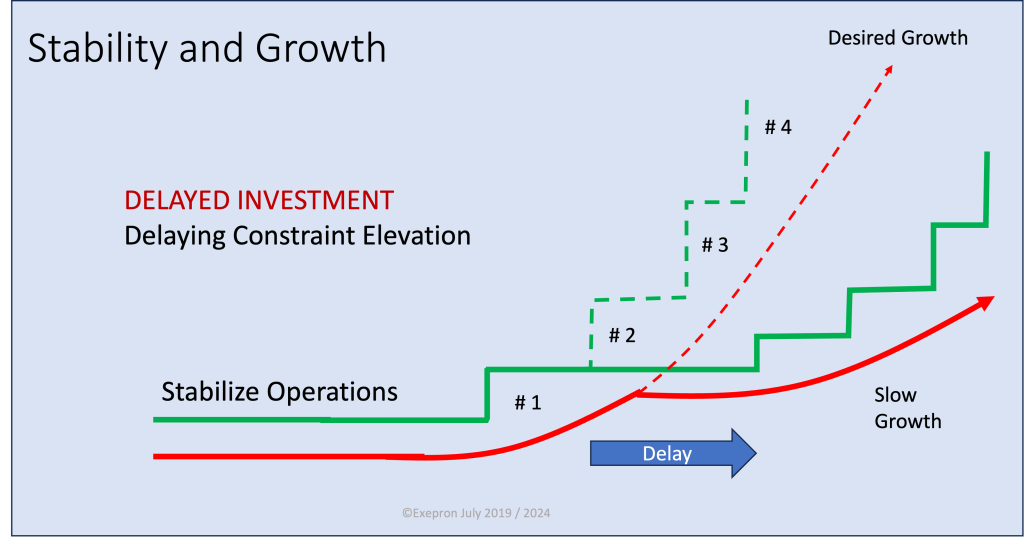Investing in automation and technology is no longer optional.
The skilled labor shortage, rising operational complexity, and relentless pressure to do more with less make it inevitable.
But those investments drive up fixed costs and debt.
Is your investment sequence delivering Growth?
Products, services, and even quality are increasingly commoditized.
The new competitive battleground is logistics.
Success hinges on how reliably and with shorter delivery times operations can turn around projects and production. That means radically shortening production cycle times and achieving 100% on-time, in-full (OTIF) delivery every time, and without exception.
If extreme LOGISTICAL CAPABILITY is not at every level of your organization, it should be!
In a commoditized market, products and services become incidental. This means all competitors’ offerings are equal.
A logistical scheduling differentiation can make you exceptional in MTO, ETO, MRO, custom fabrication, and projects.
Transactional Velocity: Shortening the time between investment and return!
Reliably shorter lead time means better customer service and better cash flow.
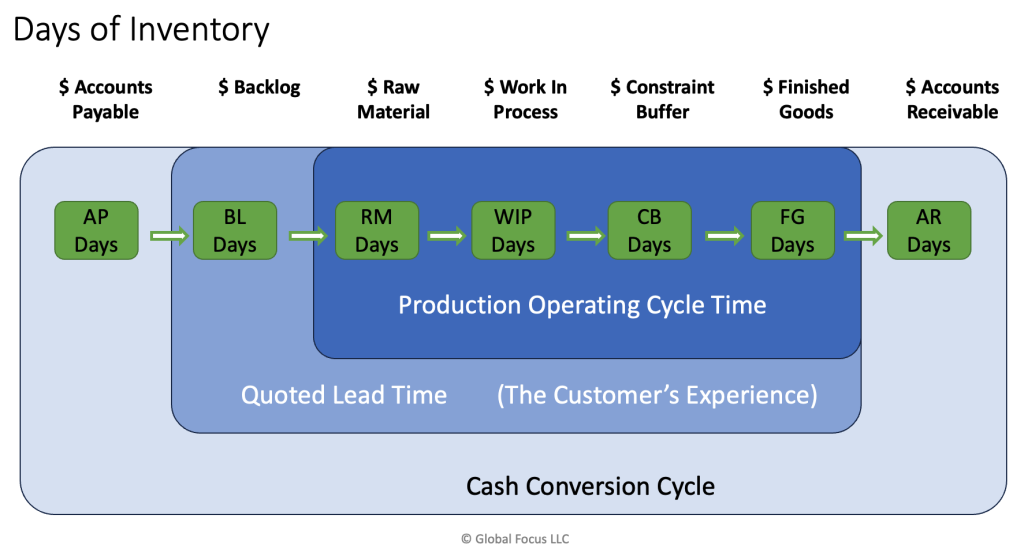
This isn’t just about operational improvement. It’s about thriving in a commoditized market. Higher fixed costs demand higher throughput to stay competitive. The companies that win aren’t necessarily the ones with the most advanced technology—they’re the ones who leverage that technology to streamline workflows, eliminate delays, increase inventory turns, and maximize limited resource utilization.
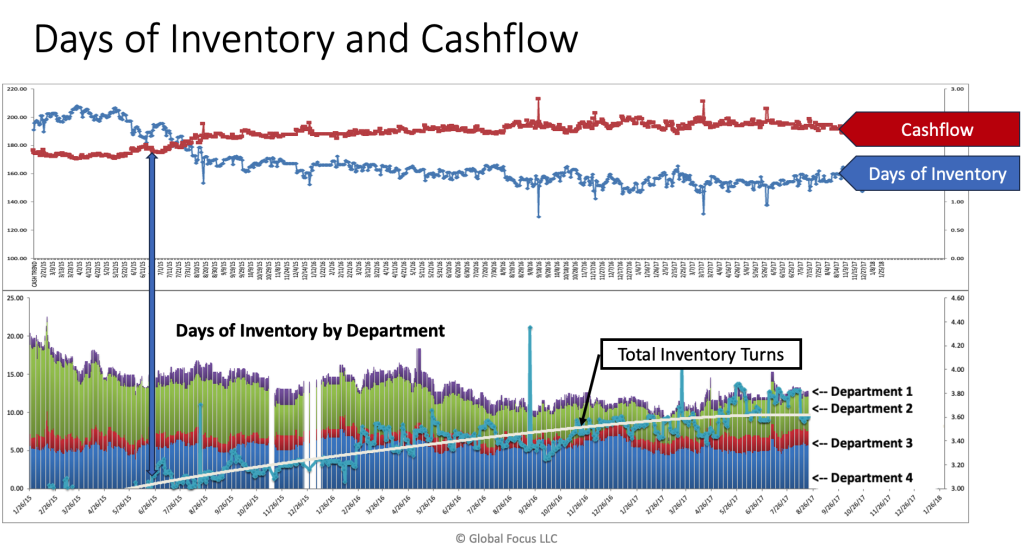
What is the correct investment sequence to gain transaction velocity?
The challenge and the opportunity is clear. It’s not just the investment; it’s investing in the correct sequence to relieve resource limitation to growth. Are we investing in technology and hoping for efficiency gains? Or will your investment sequence align your entire operation to make products and services flow faster, smoother, and more predictably?
Reducing costs did mean cost-cutting; now, it means fixed cost dilution!
The past trend has been to balance capacity to control cost, that is, to ‘eliminate any excess capacity’ as an unnecessary cost. However, this comes at the expense of maximizing flow. Cutting muscle and bone does not cost; it reduces flow. Increasing the velocity of flow means a significant reduction in lead time.
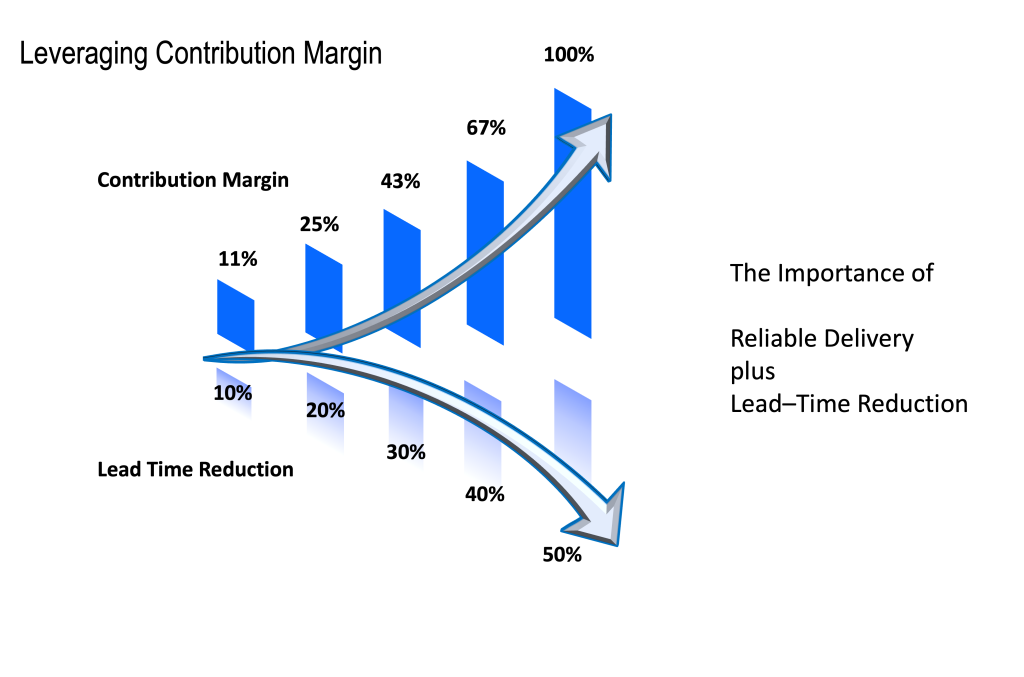
Are you investing in the correct sequence?
Stabilizing operations and predicting the sequence of investments require investigation and a ‘light’ technology investment before any significant capital expenditure. Each capacity or process improvement investment can have a short payback period, effectively paying for itself before making the next investment in the predicted sequence.
Transaction Volume Dilutes Fixed Costs.
As fixed costs increase, so must Throughput volumes to dilute this increasing fixed cost structure. Reliable on-time delivery requires capacity to be greater than the average demand. How is this controlling cost while increasing capacity possible? Investing in the correct sequence means real-time understanding of the interconnectivity of the entire production cycle, from vendor performance through operations to the delivery ship date or on-site installation—the Value Stream map.
Can your current technology automatically and in real time provide this information miracle?
Exepron does this and more, automatically!
Here are two images: one with a timely investment sequence to sustain growth and a second with equal investments that will retard growth.
Figure 1: Timely Investment in the Correct Sequence
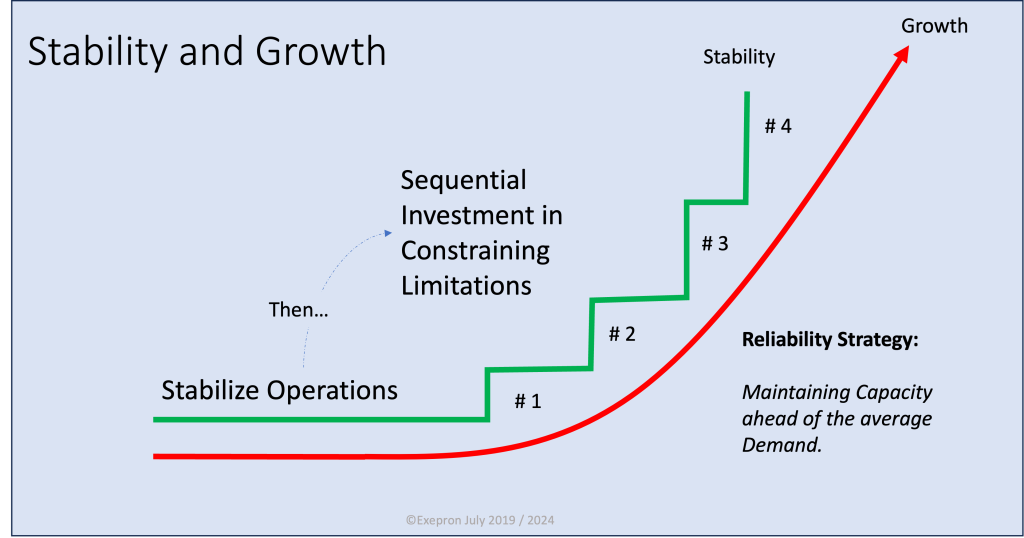
Figure 2: Delayed Investment out of Sequence
